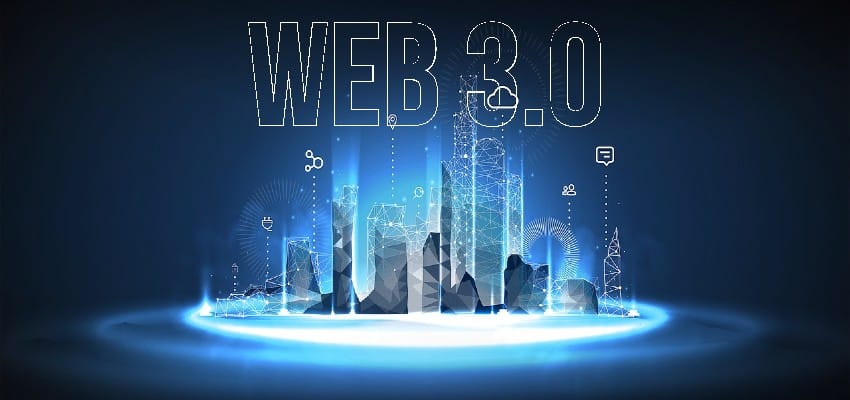- CLOUD
- SOLUTIONS
DRaaS
Smart Solutions
Database Management
Managed Services
- Managed Colocation
- Cross Platform Migration
- Cloud Migration Services
- Backup and Recovery
- Email Migration services
- Business Continuity Plan
- Application Development
- Application Performance Monitoring
SAP
Banking Services
Cloud Applications
- Serverless computing - eNlight Cloud
- eNlight Big Data as a Service
- IoT (Internet of Things)
- eCOS (eNlight Cloud Object Storage)
- gDNS (Global Domain Name Services)
Content Delivery Network
- SECURITY
- INFRASTRUCTURE
- PRODUCTS
- ABOUT US
ESDS
Resources
Customers & Partners
GPTW
- Careers
Experience Superior Performance with Auto Scalable eNlight Managed Cloud
eNlight cloud gives you complete control and power to do more as you achieve superior performance on the World’s First Auto-Scalable cloud.
- Create on-demand Virtual Machines
- Reboot, Start and Shut down VMs, independently
- Deploy & assign resources dynamically
- Intelligent Auto Vertical and Horizontal Scaling
- Know Resource Usage before-hand, through eNlight's wise & Timely Predictions
- Pay Per Consume, eliminate the cost of unused resources
Register for eNlight cloud services by paying a one-time fee of Rs. 100 + GST which will be adjusted against your final cloud package amount once we begin your billing cycle.
Impact of Web 3.0 on Cloud Services
The world started to see the transition of the Web in 3.0 with, Metaverse, IoT, AI, and ML. It has prompted curiosity and created a sense of buzz amongst individuals, organizations, and businesses alike. As we all want to ensure the importance of preparedness, we also try to be forerunners in adapting to this new Web form. This is even when some scrutinize the emergence and forecasts of this new avatar of the Web’s actual structure.

It is expected that Web 3.0 will rise from and even accommodate various opposing ideologies and goals involving several stakeholders’ rights, from governments to international organizations, from businesses to individuals, and various web players. For a layman, it is just the updated form of Web 1.0’s browser-based document access via HTML pages and Web 2.0’s explosive growth in app development, content production, social networking, and e-commerce. But for a better understanding, we can call it a highly connected, context-based, and morally congruent network of people, machines, and AI.
The key point for discussion and even debate at times around Web 3.0 is the ownership or controlling power over this updated version of the Web. What we must look at, though is the brighter side of how it will enable us to realize the actual potential of AI, ML, AR/VR, Blockchain, 5G, and IoT as long as formats, languages, and protocol standards are universally standardized.
Web 3.0 and Cloud Services

Piyush Somani Managing Director and Chairman ESDS Software Solution …
Cloud services are high in demand since the pandemic has changed the way we work. Remote working is the new norm and having access to your data anywhere any time is just a click away. The cloud industry has opened up a new Web 3 track due to the maturation of blockchain technology. This new methodology, the Web3 cloud computing network for privacy, has gained significant momentum. My main question is; how do anyone prepare their business for Web 3.0? In that case, we need to understand that AI and Ml will play an essential role in this new Web version. Both technologies will allow gadgets to gather, analyze, and later transform content in human languages. For example, natural language processing (NLP) and AI-based technologies will enable organizations to understand their end customers in a better way. It will allow better functions with better insights, conversations, and mentions, creating a tailor-made experience for every customer. And when comes absolute independence in this new environment will be provided by cloud services, with no resource or physical restrictions. Apart from this, businesses can create a sustainable Blockchain environment while lowering expenses with the help of a cloud-based Blockchain as a Service solution. Also, end-to-end traceability and anti-counterfeiting can help minimize supply chain bottlenecks and safeguard data storage and sharing. Furthermore, it can help reduce authenticity and integrity disputes in the collaborative economy, and ownership logs and transaction data can facilitate the value exchange between people involved.
Many businesses are already using these Web 3.0-based technologies to enhance their current offerings. Examples include augmented reality to help with field service capabilities and IoT to facilitate scheduled maintenance, improving the overall equipment performance and lifespan and lowering costs. In addition, manufacturers can benefit from live virtual models created through Web 3.0 and generated utilizing cameras, networks, and sensors, including the ability to verify and evaluate strategic choices, display goods, and connect systems and procedures.
A Cloud Service Provider with tested goods and services that support Web 3.0 can facilitate this switchover and hasten the process of realizing benefits from this new paradigm. The relatable example is from the banking industry, which we come across daily; the Blockchain and IoT-based banking solutions have improved the overall customer manifolds. So much so that visiting a bank branch has become a once-in-a-blue-moon task. Many such cloud-based services, like Blockchain as a Service, Machine Learning Platform for AI, and Link IoT Edge, can assist organizations in embracing this new reality with confidence.
Web 3.0 will completely change the way consumers interact with the Internet. Instead of being restricted to a PC, users can experience the Web on the phone or travel from device to device because content and applications would dwell in the infrastructure facilitated by the “cloud.” Usability improvements will be crucial and must catch up for this new multiplatform paradigm to be successful. As Web 3.0 takes hold, Internet users and businesses doing business online will experience change. E-business models as a whole will be reviewed. And the ultimate base for all this to take it to the masses will only be through the cloud.
